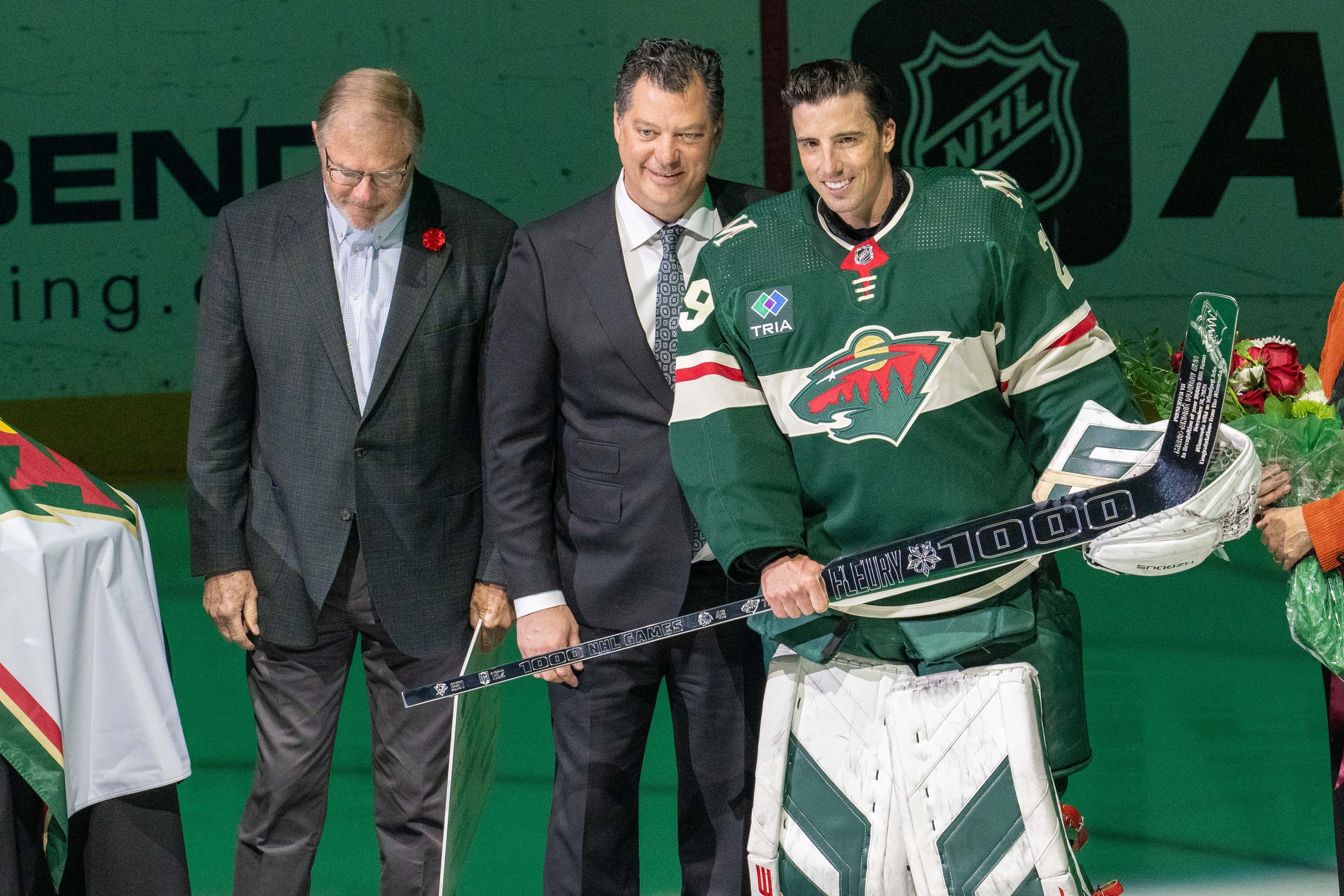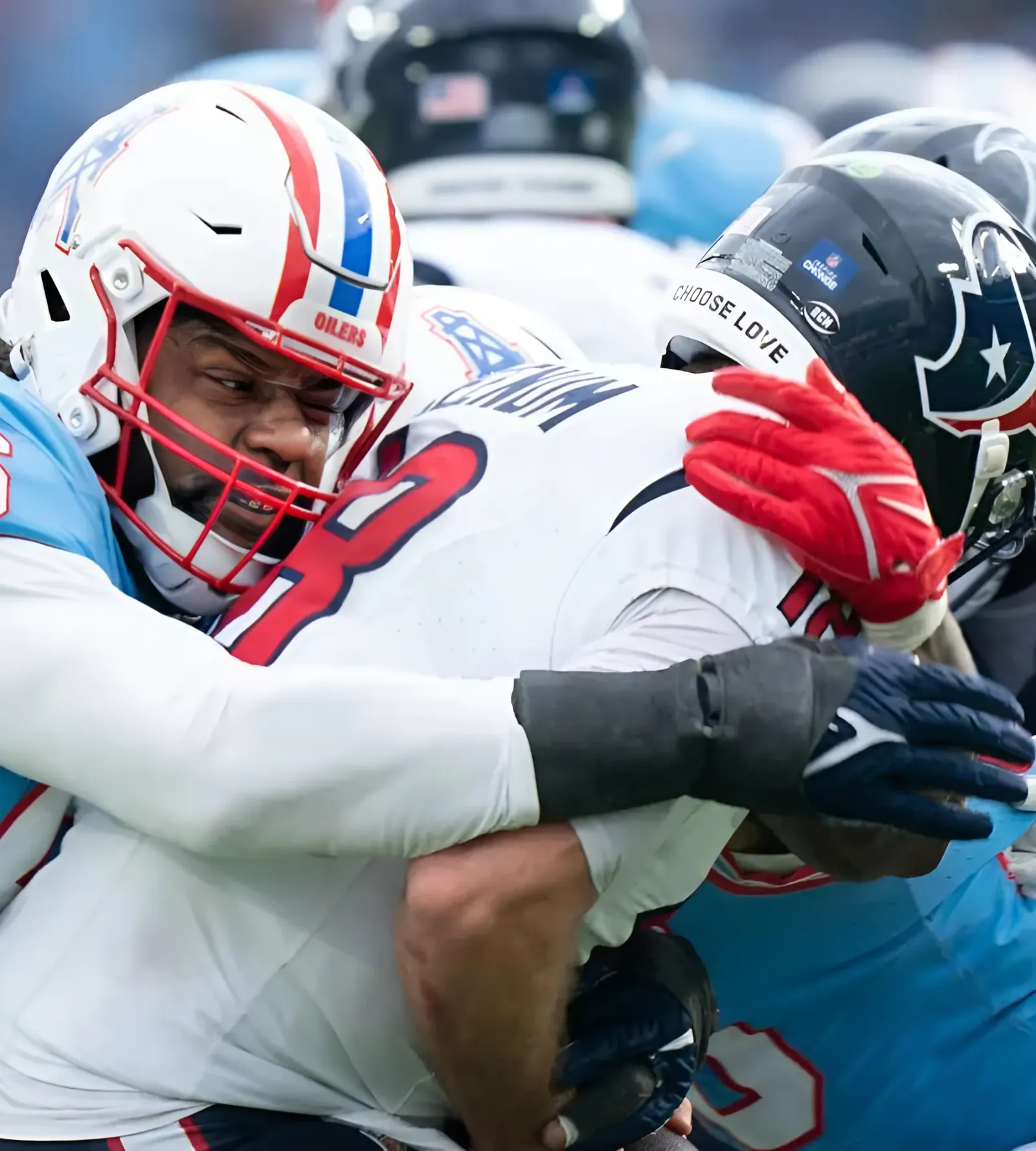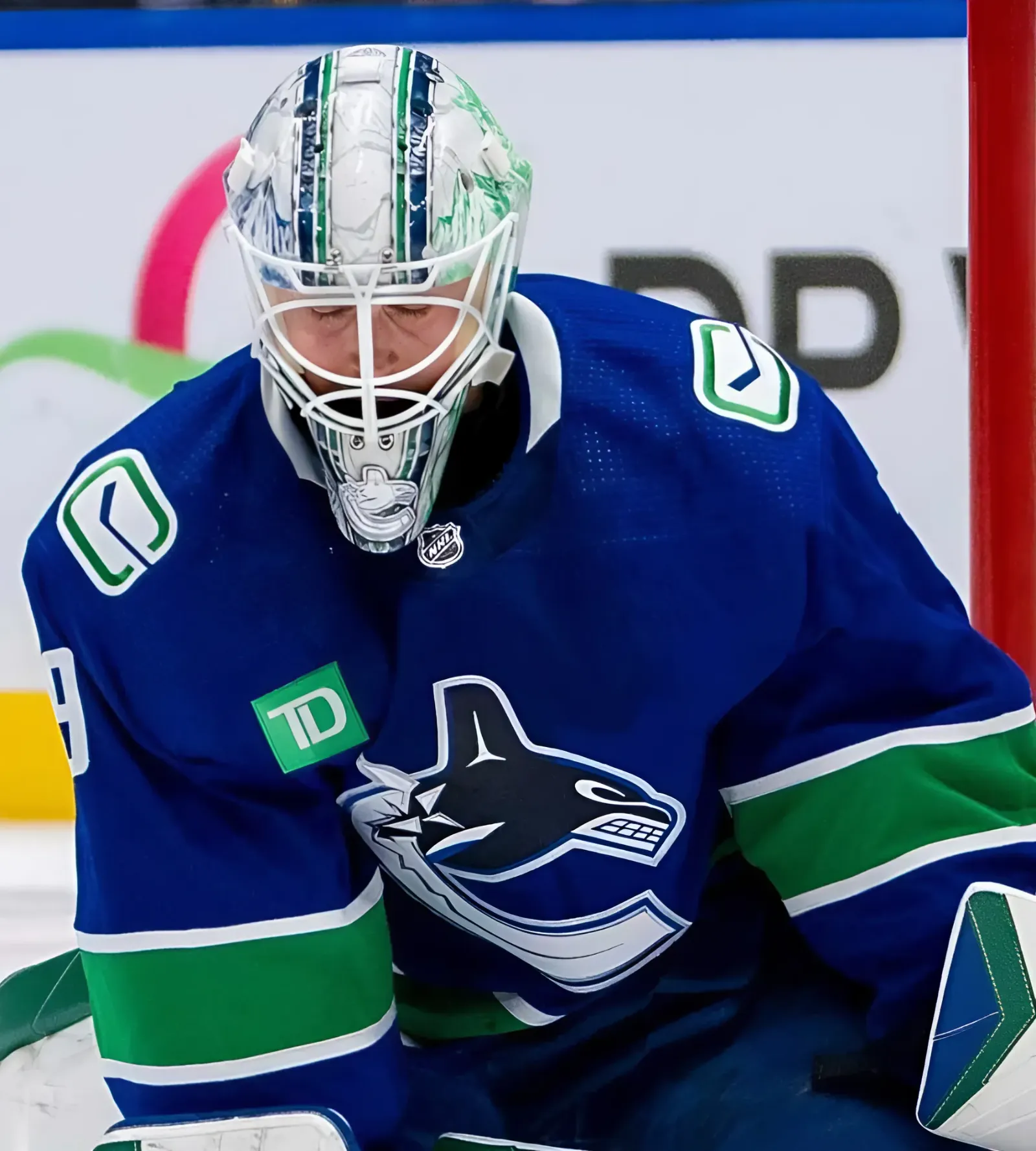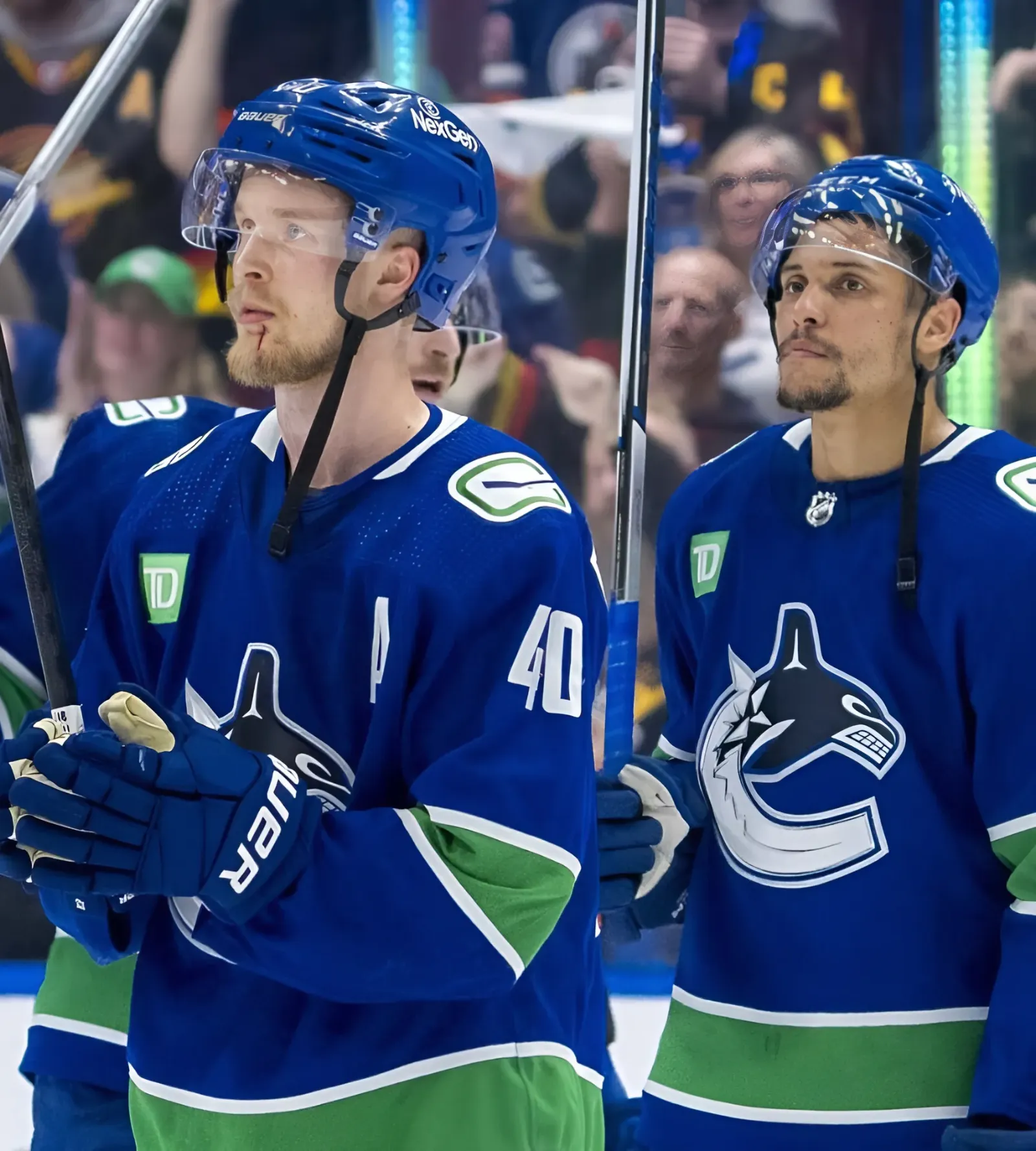What do newly-signed Yakov Trenin and newly extended Jake Middleton have in common with Marcus Foligno, Freddy Gaudreau, and Ryan Hartman? They're all perfectly fine NHL players who are perfectly able to succeed when in the correct role.

What else do they have in common? The correct role for each of them (at least, on an elite team) is either in the bottom-six forwards or on the third defensive pair. The Minnesota Wild have also signed them through the 2026-27 season. All but Hartman are now under contract through the summer of 2028.
These five role players are on the books for $16.05 million this upcoming season, a rate that rises to $17.95 million in the two following years. The $16.05 million represents about 18.2% of the current $88 million salary cap, and the $17.95 million comes out to be about 19.5% of the projected $92 million cap for 2025-26.
When you allocate 18-19% of the salary cap to 21.7% of the roster, that doesn't sound too bad! Collectively, these players make less than their fair share of the roster. Unfortunately, that's not how NHL economics work. Look at the NHL's most successful teams and what they allocate for their depth players. It quickly becomes clear that the Wild are zagging while the smartest teams zig.
The top teams set out to min-max their rosters, prioritizing star power, even at the expense of squeezing out the league's middle class. I'm not writing this out of disdain for role players. Instead, the fact that these "middle-class" players are easier to replace with cheaper, younger depth. If you aren't a top-six forward or a top-four defenseman, it's difficult to justify paying you $4 million when a kid on an ELC can do your job 80-90% as effectively.
A world where a loyal member of an organization is unceremoniously phased out for cost-cutting is not a nice world! It's not the world that this hockey blogger would choose! However, it is the reality that the Players Association and league have negotiated. And in it, we have to look at these salaries in terms of how efficiently they utilize the team's resources.
Use the Cup Champion Florida Panthers as a model, for example. They poured almost every dollar not nailed down into the top of the roster. Sergei Bobrovsky, Sasha Barkov, Matthew Tkachuk, Aaron Ekblad, and Sam Reinhart combined to make 52.1% of their salary cap.
Doing that forced them to get incredible bargains or fill their roster with cost-effective players. They knocked it out of the park on the bargain front. Sam Bennett, Carter Verhaeghe, Brandon Montour, Evan Rodrigues, and Gustav Forsling added up to $17.76 million, less than the Wild will pay their "Five Guys" next year. Oliver Ekman-Larsson ($2.25M) and Niko Mikkola ($2.5M) were the only other players making between $2 and $5 million.
Florida's fivesome added up to 16.9 Standings Points Above Replacement last season. Compare that to 2.5 from Minnesota's "Five Guys" last year. As much as the Wild talk about down seasons from the likes of Hartman, Gaudreau, and Foligno, this fivesome was only worth 4.1 SPAR in 2022-23.
The Edmonton Oilers also min/maxed their roster, with their top seven players soaking up 56.5% of the cap. They didn't get the amount of home runs that Florida got from their middle-class players, aside from Evan Bouchard ($3.9M). Still, their middle-class bloat was minimal. Their middle class includes Bouchard and starting goalie Stuart Skinner ($2.6M), then Cody Ceci ($3.25M), Warren Foegele ($2.75), and Brett Kulak ($2.75). Not great, but at least they're few and cheap.
Go down the line. The Dallas Stars had seven players in their middle-class bracket (adding up to $20.5 million). However, those players included Jake Oettinger, Joe Pavelski, Matt Duchene, and Mason Marchment. You'll take a starting goalie and 74 goals for that price any day, thank you very much.
The New York Rangers round out the Conference Finalists. Who was in their middle class? Five players. Top-pairing defenseman K'Andre Miller ($3.872M), 28-goal, 57-point Alexis Lafrenière ($2.235M), Barclay Goodrow ($3.642M), Ryan Lindgren ($3M), and Kaapo Kakko ($2.1M). That's just under $15 million for their middle class, with two impact players in there, and even that was too expensive for New York. The Rangers dumped Goodrow to waivers to clear precious cap room. Sorry to the role players.
While the "Five Guys" are the most egregious examples of middle-class bloat, they're far from the limit of its scope. Mats Zuccarello put up 63 points last season, granted, but is turning 37 before the season starts and will make $4.125 in two years. Minnesota didn't (couldn't?) trade Filip Gustavsson, who was a sub-.900 goalie last year and is making $3.75 million next season. Marc-Andre Fleury turns 40 in November and makes $2.5 million against the cap. Marcus Johansson scored just 11 goals and 30 points last year and comes at a $2 million cap hit next season.
Add all that up, and that's nine middle-class guys coming in at $28.245 million. Fleury and Johansson come off the books after next season. Still, that's about 26% of the cap devoted to seven players who generally aren't moving the needle.
That's not how the top teams do things. They pay the players they can't replace and replace the ones they can when they get too expensive. Minnesota did this once upon a time, developing the likes of Brandon Duhaime and Connor Dewar while bringing in cheaper, younger versions of Hartman, Gaudreau, and Middleton.
The cap is going up, and the Wild are about to get nearly $15 million of dead cap coming off the books. They also have talented prospects on ELCs. Therefore, they can afford luxuries; that's indisputable.
But if you gave Florida or New York that flexibility to get luxuries they would (and did) spend it on bringing in stars like Tkachuk long-term. If you gave Dallas the ability to afford luxuries, they would (and did) spend it to bring in high-upside plays like Duchene and Marchment on the cheap.
What did the Wild splurge on with their future windfall? A handful of role players who will spend most of their deals playing on the third-and-fourth lines and pairings. Guerin must believe that these players, with their grit, jam, etc., are the key to bringing Minnesota where they want to go. He has to be right, or the Wild will find themselves with expensive anchors while the smart teams keep sailing past them.



